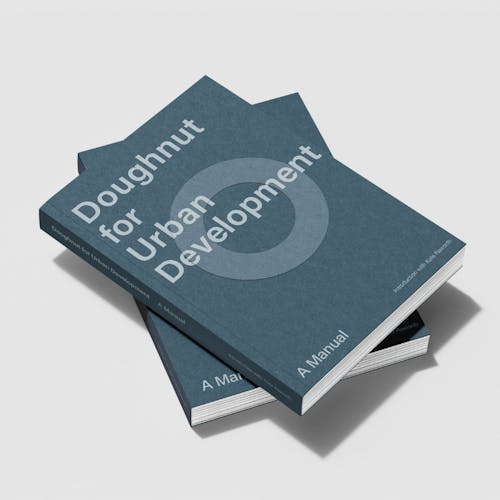Green Footprints
From Waste to Resource: Green Footprints showcases how practical, innovative solutions can be brought into daily operations and provide a triple bottom line — with both economic, environmental, and social impact.

Location
Rønne, Denmark
Size
65,000 m2
Year
2012 — 2015
Client
Green Solution House
Role
Lead Landscape Architect
Partners & Collaborators
GXN, Rambøll, Steenbergs Tegnestue
Awards
Bornholm Regionkommune's Architecture Award
Challenges
Typology
Services
The landscape Green Footprints around Bornholm’s hotel and conference center Green Solution House, establishes Bornholm as a model for environmental innovation and renewable energy. Here, building and landscape work together in a dynamic project where waste is transformed into resources.
Green Footprints serves as both a demonstrator and innovation lab for the development of new solutions. It transforms residue material from, e.g., local granite mining and glass-blowing industries into eco-friendly building materials for the largest Cradle to Cradle nature park in the Nordics.
The circular approach has become a visible part of the landscape as green solutions and actions. They combine ecological and economic benefits, creating experiences and added value in more than one sense. We replace conventional methods concerning materials, energy, building, and waste disposal with innovative green alternatives that have a self-sustaining positive impact and turn residue into resources.
Soil balance = Water balance
Green Footprints optimizes the natural topography. Surplus soil from building construction is utilized to shape the landscape, rather than contributing to pollution when shipped away. Thus, the landscape is shaped to allow rainwater to run to the lowest point where it is stored in lush water ponds, preventing flooding in surrounding areas . Here, the rain is slowly soaked into the ground, irrigates the plants or evaporates back into the environment. Water becomes an active participant in the landscape, to the delight of plants, animals, and people. No water ends up in sewers, even during extreme weather events.

Material circuit and asphalt
The landscape’s asphalt exemplifies an innovative cradle-to-cradle inspired solution, combining Vegecol — a 100% plant-based binder that reduces CO2-emissions — with local residue material from Bornholm: waste glass from glass-blowers, granite, and material from demolished buildings and processing. Vegecol, unlike oil-based Bitumen, doesn’t pollute rainwater, allowing it to be directed to the ponds and to use it for irrigation. The paving is not only environmentally sound and flood-preventative but also has a unique glittering look from up-cycled glass.
Biological circuit
Green Footprints incorporates a pyrolysis system that transforms organic garbage into biochar and gas. All food waste is ground and collected in tanks, then transferred to the pyrolysis system and burned. The residual product is one of the best fertilizers and can be used for the park and its kitchen garden.
The gas from the system can be used in motors that produce electricity, and the heat from the process warms Green Solution House. This pyrolysis system is the first small-scale system suitable for smaller businesses. It allows Green Solution House to have its own bio-material circuit, minimize its amount of garbage, and gain returns on the investments.




Bottom-line
By upcycling local materials, Green Footprints reduces the need for resource extraction and material imports to Bornholm, as well as the export of local waste. This approach is cost-effective, reduces emissions, and celebrates local culture, nature, and history. Local industries also benefit from the demand for materials and processes, while Bornholm’s new brand as a green frontrunner boosts tourism.



We design places for life. All life.
Fundamentals
Come explore the fundamentals of our office together with us

fund. 12
Mist
Read more



fund. 20
Sakuteiki
– The Book of Garden
Read more



fund. 27
White
Read more
fund. 25
Roots
Read more
fund. 19
Essay: The Bark Room
Read more







fund. 26
Atmosphere
Read more





fund. 26
Sound
Read more
















